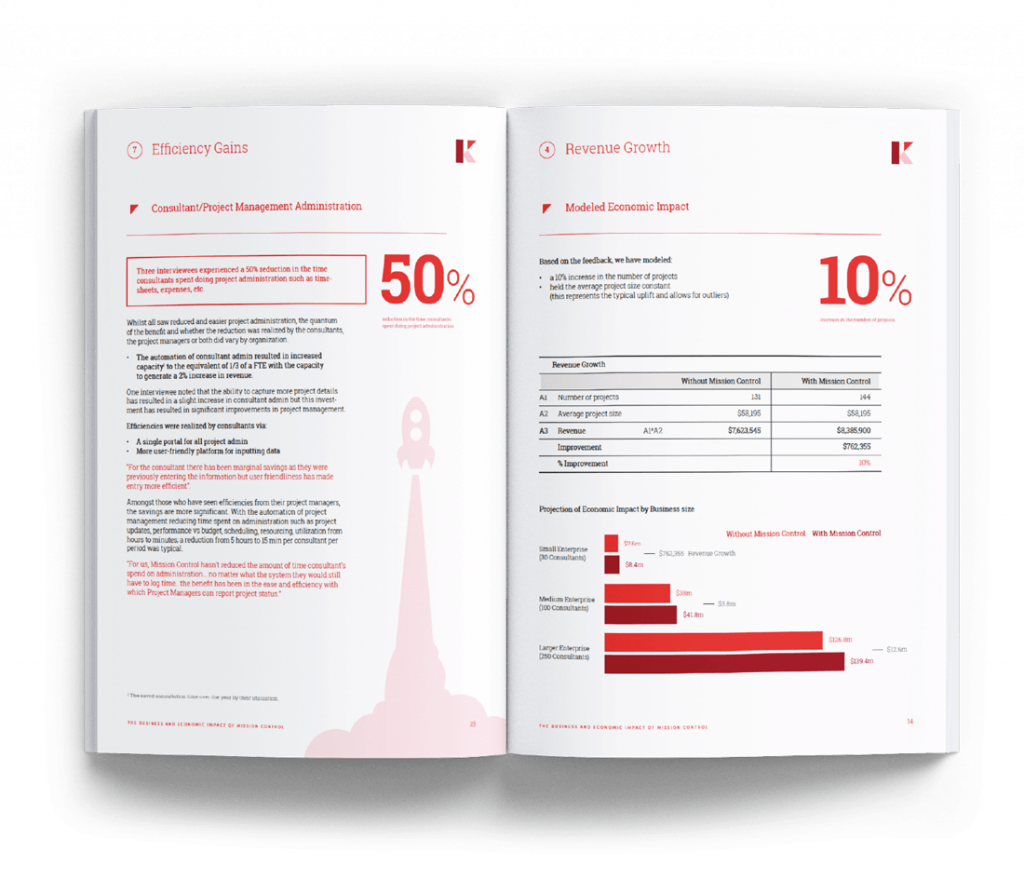Build or Buy Software?
Project management can be a headache without a professional software solution. Should you buy an off-the-shelf solution, or build your own project management platform? We walk you through the pros and cons of each option.
Buy or Build Software: the raging debate
Project managers, operations managers and software developers have been locked in debates over whether to build or buy their company’s project management software since the invention of SaaS. Cloud-based software has rapidly grown and been adopted by all sorts of businesses over the past decade.
Building your own project management software entails hiring IT professionals to create your business’s own apps from scratch. Your IT department will be tasked with the software’s maintenance, updates and customisation.
Buying a cloud-based project management software solution means subscribing to a SaaS (software-as-a-service) model. The SaaS provider (like Aprika) develops high-quality apps and makes them available to their clients over the internet via a paid subscription.
Which is better? That’s up to you. We recommend looking at the following points to help you decide whether building or buying project management software is better for your business:

Cost
“How much does it cost?” is the first question on everyone’s mind, and for good reason. Nobody wants to sink money into anything they could do for cheaper. However, it’s an oversight to only look at the SaaS subscription fee or the build price quoted by your IT department. Also consider:
• Up-front vs. over-time payments – Smaller businesses may struggle with paying out the often exorbitant cost of building their own software solutions. SaaS subscriptions help you spread your total cost of ownership over time, making it a more flexible and affordable option for any budget. A fixed-cost subscription can often outweigh the unpredictable cost of internal IT projects.
• Set-up – This one’s obvious: if opting to build your own software solutions, you will need to invest in your IT infrastructure and spend a big chunk of money on the actual creation of your software. Alternatively, you can pay a flat subscription fee to access ready-made SaaS apps.
• Maintenance and upkeep – PricewaterhouseCoopers’ Mark Lutchen, who leads the company’s IT Business Risk Management Practice, says that 70% of software costs occur after implementation. Whoever builds the software (you or the SaaS provider) will shoulder the often expensive and time-consuming costs associated with updates, bug fixes, platform migrations and further development.
• Employee training – Whether you build or buy, you will need to invest some man-hours in training your staff on the new software.
Customisation
One undeniable benefit of building your own project management software is the level of customisation you can achieve.
Building: Building software in-house means you have 100% control over how your software functions, and you can conveniently tweak the apps to adapt with your company’s changes. However, you will be reliant on the developer/s who build your software. If they leave the company, you may be left high and dry with a codebase so custom-built that nobody but that developer understands how to tweak it. You’ll then have to hire new developers to rebuild the codebase.
Buying: SaaS vendors often work closely with their clients when updating their product offerings or designing new apps. If you need a certain feature, chances are that other clients will want it too – so it’s in everyone’s best interests for the vendor to build the feature in. That said, SaaS platforms ultimately control their own product roadmap, which might not always be exactly what you want. There’s no absolute guarantee that you will end up with every single feature that you want.
Security
Cloud security has been a point of concern for both companies and individual consumers. Thankfully, public cloud security has become tighter and tighter over the years.
Building: Your data can actually be more at risk in-house. Less of your budget would be dedicated to IT security than an SaaS vendor’s budget. Your non-IT employees could also unwittingly leak data, share passwords, or fall prey to scams.
Buying: SaaS providers use extremely secure cloud services to store their (and your) data. If you’re concerned, you can check your SLA (service-level agreement) to determine whether your data would be stored in the cloud, locally (in-house) or a combination of the two.
Support
Cost issues aside, how prepared are you to provide ongoing software support? Any and all software requires continuous maintenance and updates to keep it running smoothly and bug-free.
Building: Building your own software solutions means your IT team is on-hand to tackle and solve any specific problems your business is facing. That said, it also means they will often have to resort to stitching together lots of small solutions…which can quickly become unruly or cumbersome. Your business will be tasked with app launches, bug solving, user training, password setups, industry compliance…the list goes on.
Buying: With a cloud delivery model, you can rely on automatic patches and software updates from your SaaS vendor. Since these apps are delivered via the web, they’re also OS-agnostic – making those apps easy to use across your entire company regardless of location or hardware. Subscribing to a SaaS model means that all software maintenance is neatly handled behind the scenes. That means you’re far more free to concentrate on revenue generation – the core point of your business.
Expertise
You need to be honest about your internal capacity and ask, is your IT team up to scratch? Can they build a more advanced and comprehensive solution than already exists on the market for cheaper than it’s available? Do your developers and IT team have the expertise and bandwidth to continually develop and support changes? If they can, you’re in a very lucky position and should take advantage of your team to build your company’s own project management software solutions. If they don’t then exploring outsourced or off the shelf solutions might be a more viable option.
SaaS businesses like Mission Control have access to a wealth of experience, resources and market insights, and their whole focus is on creating and delivering polished software applications that really work. Mission Control prices itself on enabling businesses to spend their valuable time working for their own clients – not on their software and admin. To organise a free trial of Mission Control head to the Salesforce AppExchange or organise a demo at the Mission Control website.





